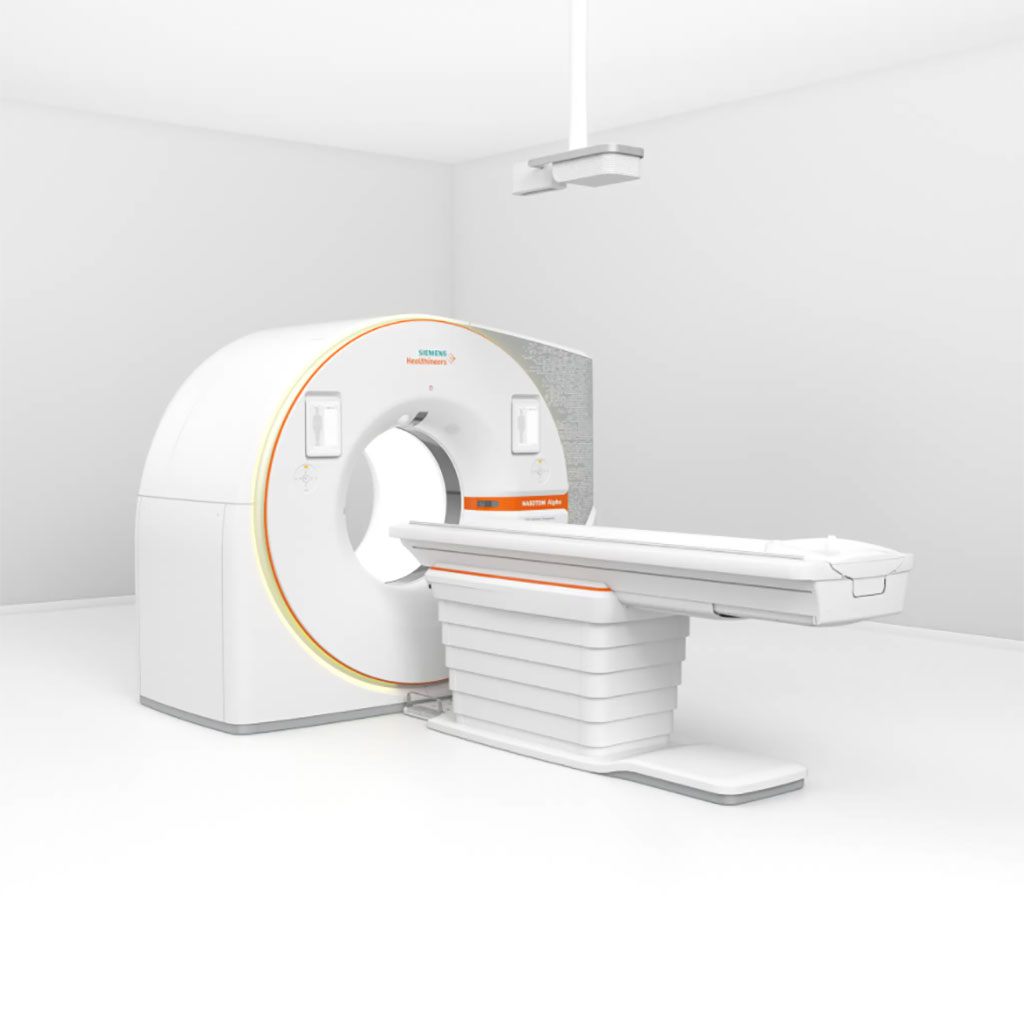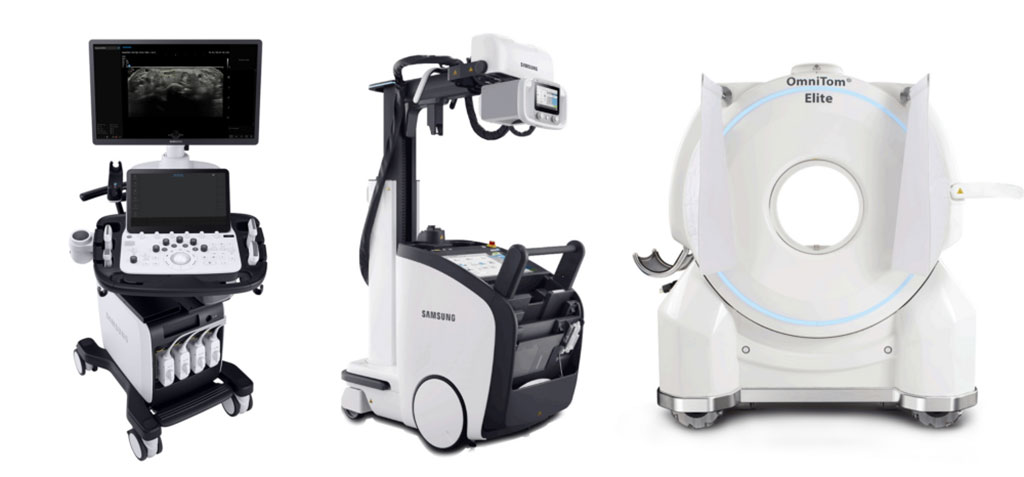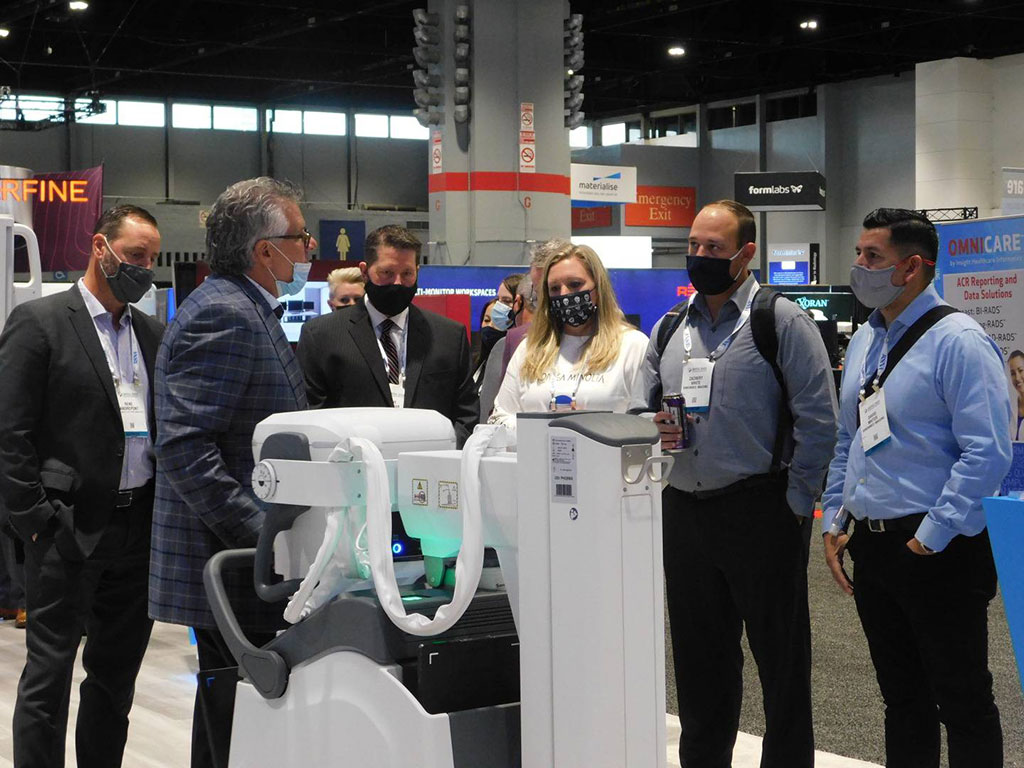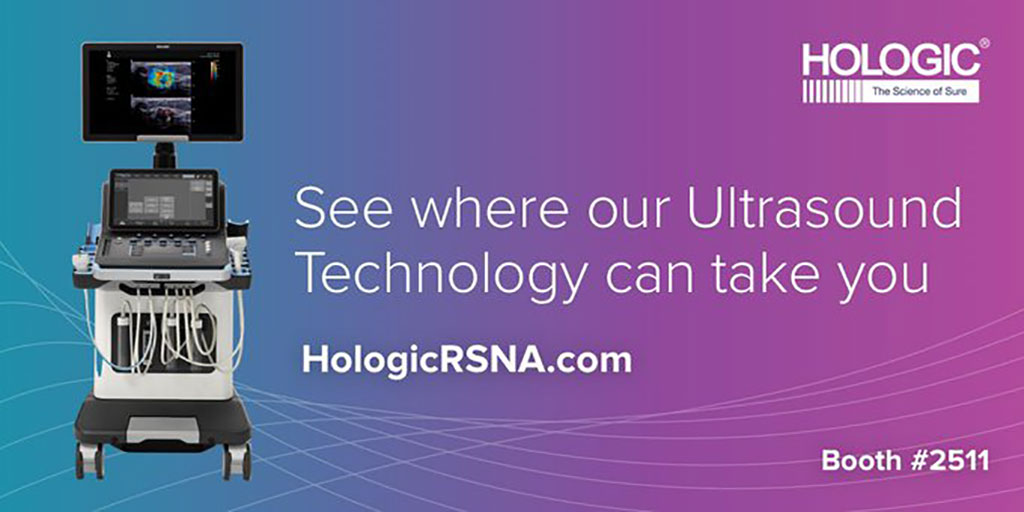Siemens Unveils World’s First Photon-Counting CT at RSNA 2021
Posted on 29 Nov 2021
Siemens Healthineers (Erlangen, Germany) unveiled the NAEOTOM Alpha, the world’s first photon-counting CT scanner, at RSNA 2021.
The system is cleared for clinical use in the U.S. and Europe. Conventional CT imaging has reached its technical limitations: Resolution can only be improved by small margins and dose cannot be reduced significantly: Photon-counting technology enables drastic improvements. These improvements include an increase in resolution and a reduction in radiation dose by up to 45% for ultra-high resolution (UHR) scans compared with conventional CT detectors with a UHR comb filer. This would be impossible with conventional detectors. Photon-counting scans contain more useable data, due to the fact that photon-counting technology directly detects each X-ray photon and its energy level instead of first converting it into visible light as with conventional CT imaging.

These aspects combined open up new capabilities, such as scanning a patient’s lung at a high scan speed and obtaining high-resolution images with inherent spectral information—without the patient having to hold their breath. This spectral information also helps to identify materials inside the body that can even be removed from the image should they obstruct an area of interest. This helps physicians to assess issues quickly and offers the possibility to begin treatment early. Through the reduction in radiation dose, regular examinations such as lung cancer screenings using CT imaging can become routinely available for larger patient populations. And the high resolution reveals even small structures, taking clinical decision-making to a new level of confidence. The technical complexity of photon-counting CT imaging does not mean increased complexity for the user, thanks to myExam Companion from Siemens.
The clinical fields of cardiac imaging, oncology, and pulmonology all have their own unique demands of medical images. In cardiac imaging, it is capturing the heart while moving, which therefore requires speed. The NAEOTOM Alpha delivers speed thanks to its Dual Source design and benefits from spectral information and high resolution for removing obstructions caused by calcifications. This enables diagnostic assessment and allows more patients to benefit from CT imaging - even those with a high calcium burden.
The high precision offered by the NAEOTOM Alpha is also highly beneficial in oncology, where reliable and consistent evaluation of disease progress is the most important factor. Therefore, clinical images need to be as conclusive and consistent as possible to make the right decisions. In pulmonology, images need to contain all meaningful answers in as few scans as possible to avoid treatment delays and potentially severe consequences for patients. These needs are met and often exceeded by the NAEOTOM Alpha’s features. Its clinical images inherently carry more information than ever possible before for precise diagnosis, follow-up, and treatment.
The implications of this innovation from Siemens are far-reaching for patients and physicians, and may profoundly change the way that CT imaging is performed: It adds clinical value for fast, reliable diagnoses by the physician by improving image quality, potentially leading to less uncertainty for physicians and patients. The new technology helps in almost every clinical field, but especially when fine structures have to be evaluated.
“More than 15 years ago, work on photon-counting CT and this clinical vision started at Siemens Healthineers. We always believed in the tremendous clinical value and relentlessly worked on it together with our partners,” said Philipp Fischer, Head of Computed Tomography at Siemens Healthineers. “Today, with the introduction of the NAEOTOM Alpha, we are taking a huge step in furthering patient care in a wide range of clinical domains by effectively showing things impossible to see with conventional CT scans. This required a radical rethinking of practically every technological aspect of computed tomography.”
Related Links:
Siemens Healthineers














